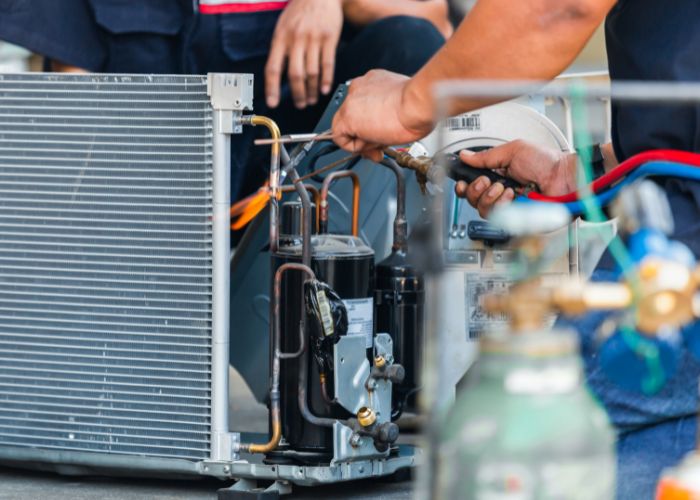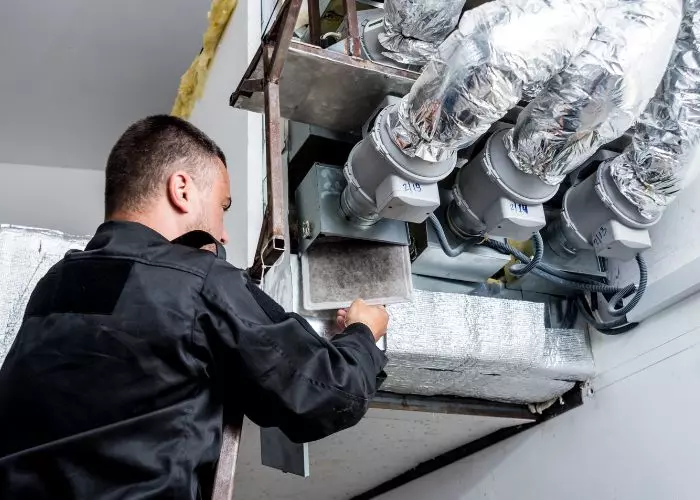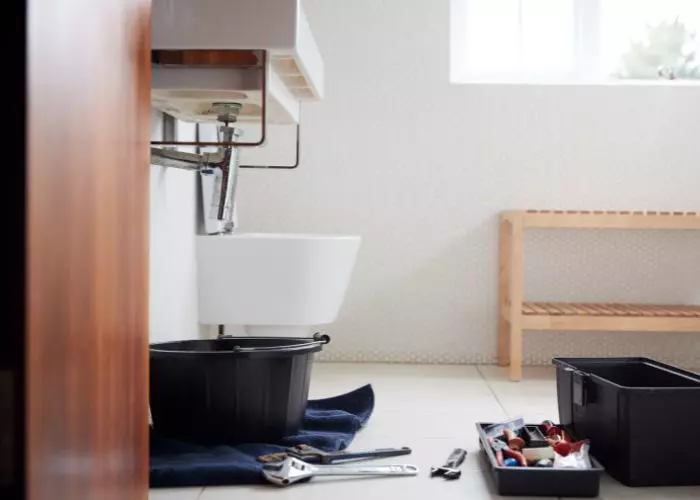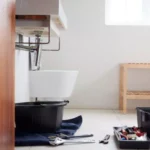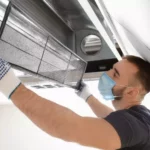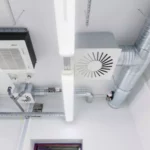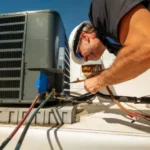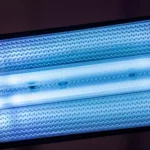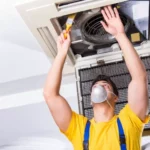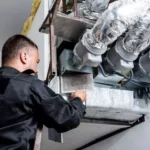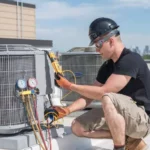The HVAC (Heating, Ventilation, and Air Conditioning) system plays a crucial role in maintaining indoor comfort. One of its essential components is the blower sleeper fuse, responsible for controlling the blower fan. However, there are times when this fuse may trip due to various reasons.
In such situations, knowing how to reset the HVAC blower sleeper fuse can save you from unnecessary expenses and discomfort. This article will guide you through the process, ensuring you can troubleshoot the issue effectively and restore your HVAC system to optimal performance.
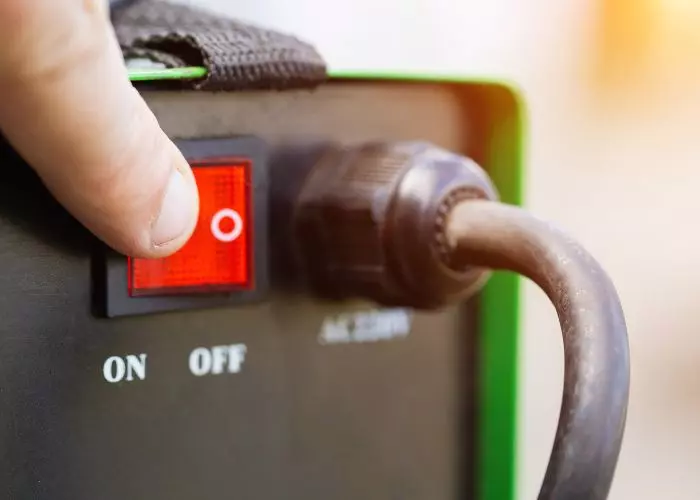
Understanding the HVAC Blower Sleeper Fuse
The HVAC blower sleeper fuse is a vital safety component that shields the blower motor from electrical malfunctions. When there’s a surge in electrical current, the fuse automatically breaks the circuit, preventing potential damage to the motor and other sensitive components.
Understanding its significance helps homeowners grasp the importance of promptly addressing any issues related to the fuse. A blown fuse not only disrupts the HVAC system’s performance but also hints at underlying problems that need attention to ensure the long-term efficiency and reliability of the HVAC unit.

Safety Precautions
Prioritizing safety is crucial when dealing with electrical components. Always start by turning off the HVAC system from the thermostat and disconnecting the power supply at the circuit breaker or the outdoor unit’s disconnect box. Double-check for voltage with a voltage tester before proceeding with any maintenance or repairs.
By doing so, you eliminate the risk of electric shock while working on the blower sleeper fuse. Additionally, waiting for a few minutes before attempting the reset allows the system to cool down, reducing the chance of accidental burns .
How to Reset HVAC Blower Sleeper Fuse: Locating the Blower Sleeper Fuse
Locating the blower sleeper fuse within the HVAC system is the first step towards resolving any related issues. Typically, it can be found in the air handler unit or the blower compartment. However, its exact position may vary depending on the HVAC system’s make and model.
To locate it precisely, consult the user manual or search for the relevant information online. Once you have found the fuse, carefully examine it to determine if it has indeed blown or if the problem lies elsewhere.Replace it with a new one of the same rating to restore functionality safely.
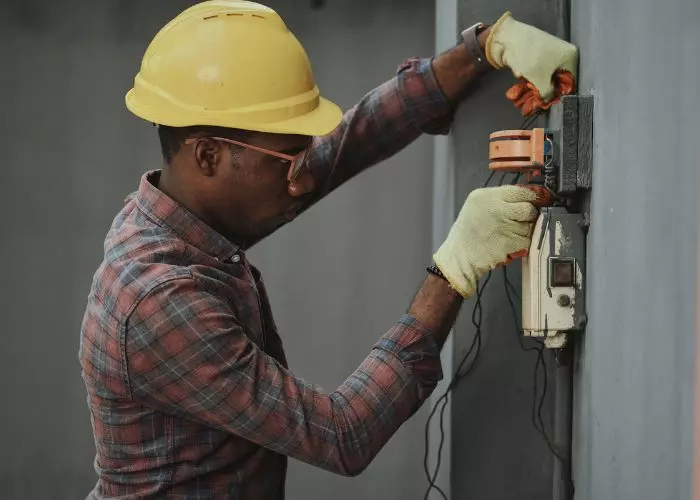
Resetting the Blower Sleeper Fuse
Resetting the blower sleeper fuse is a simple process that requires cautious handling. Using insulated gloves or needle-nose pliers, gently remove the fuse from its holder. Take a close look at the fuse for any visible signs of damage, such as a broken wire or a discolored appearance.
If the fuse appears to be intact, proceed with the reset by firmly reseating it back into the fuse holder. A proper reset allows the HVAC system to regain its functionality, but it’s crucial to address any underlying issues to prevent future problems.
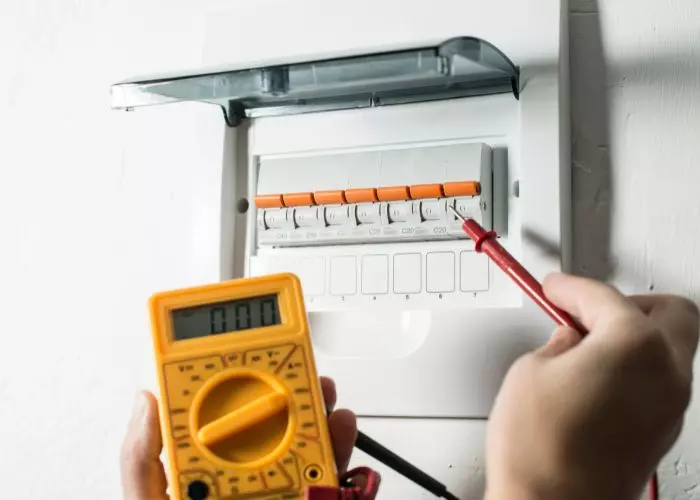
Identifying and Addressing the Cause
Resetting the fuse is a temporary solution; the focus should be on finding and resolving the root cause of the problem. Often, a blown fuse indicates an underlying issue, such as a clogged air filter restricting airflow, faulty wiring, or a struggling blower motor.
Begin by inspecting and changing the air filter if needed, and examine the wiring for any loose connections or signs of wear. If you can’t identify the cause or if the fuse blows again shortly after resetting, it’s best to seek professional assistance from an HVAC technician. Study another article about HVAC here in our blog.
Frequently Asked Questions
What is the purpose of the HVAC blower sleeper fuse?
The HVAC blower sleeper fuse serves as a safety component that protects the blower motor from electrical overloads and short circuits. When there is excessive electrical current flowing through the system, the fuse trips or “blows,” breaking the circuit and preventing potential damage to the blower motor.
How should I ensure safety while resetting the blower sleeper fuse?
Safety is paramount when dealing with electrical components. Before attempting to reset the blower sleeper fuse, make sure to turn off the HVAC system from the thermostat and disconnect the power supply at the circuit breaker or outdoor unit’s disconnect box.
Where can I find the blower sleeper fuse in my HVAC system?
The blower sleeper fuse is typically located in the air handler unit or the blower compartment of the HVAC system. However, its precise location may vary depending on the make and model of your HVAC unit. Refer to your HVAC system’s user manual or search for model-specific information online.
Why is the blower sleeper fuse essential for the HVAC system?
The blower sleeper fuse is crucial for the HVAC system because it protects the blower motor from electrical damage. When an electrical overload or short circuit occurs, the fuse trips to prevent further current flow, safeguarding the motor and other components from harm.
How often should I check and reset the blower sleeper fuse?
Under normal circumstances, the blower sleeper fuse should not trip frequently. If it does, it indicates an underlying issue that requires attention. However, it is a good practice to inspect the fuse during regular HVAC maintenance, which is typically recommended annually.
Conclusión
Resetting the HVAC blower sleeper fuse is a task that requires care and attention to safety. By understanding the fuse’s significance, homeowners can appreciate its role in protecting the blower motor and the HVAC system. Regular maintenance, such as replacing air filters and inspecting wiring, helps prevent frequent fuse trips.
However, persistent issues demand the expertise of a qualified HVAC technician. These professionals can efficiently diagnose and address problems, ensuring the HVAC system operates at peak performance, providing comfort and peace of mind year-round. Regular maintenance also extends the system’s lifespan and improves energy efficiency, saving on utility costs.



